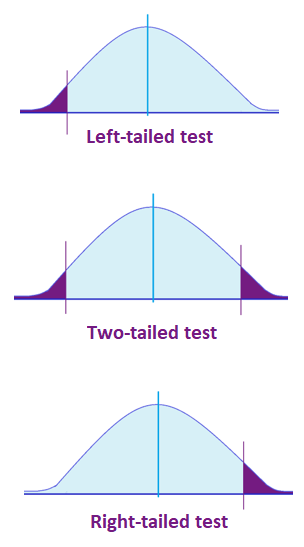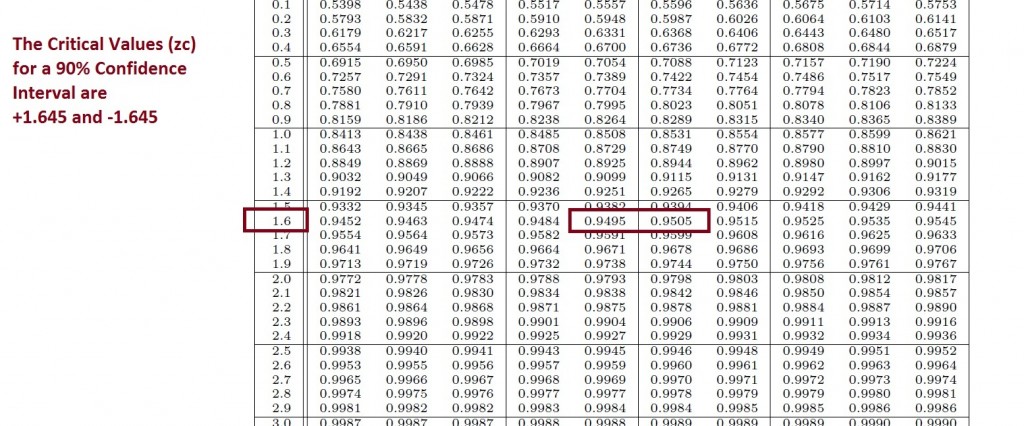

#Critical value for a one tailed hypothesis test calculator how to
Now that you have found our critical value calculator, you no longer need to worry how to find critical value for all those complicated distributions! Here are the steps you need to follow: Two-tailed test: the area under the density curve from the left critical value to the left is equal to α/2 and the area under the curve from the right critical value to the right is equal to α/2 as well thus, total area equals α.Īs you can see, finding the critical values for a two-tailed test with significance α boils down to finding both one-tailed critical values with a significance level of α/2. Right-tailed test: the area under the density curve from the critical value to the right is equal to α and Left-tailed test: the area under the density curve from the critical value to the left is equal to α In particular, if the test is one-sided, then there will be just one critical value, if it is two-sided, then there will be two of them: one to the left and the other to the right of the median value of the distribution.Ĭritical values can be conveniently depicted as the points with the property that the area under the density curve of the test statistic from those points to the tails is equal to α: The alternative hypothesis determines what "at least as extreme" means.

These values are assumed to be at least as extreme at those critical values. Critical values are then the points on the distribution which have the same probability as your test statistic, equal to the significance level α. To determine critical values, you need to know the distribution of your test statistic under the assumption that the null hypothesis holds. Critical values depend also on the alternative hypothesis you choose for your test, elucidated in the next section. The choice of α is arbitrary in practice, we most often use a value of 0.05 or 0.01.

In hypothesis testing, critical values are one of the two approaches which allow you to decide whether to retain or reject the null hypothesis.


 0 kommentar(er)
0 kommentar(er)
